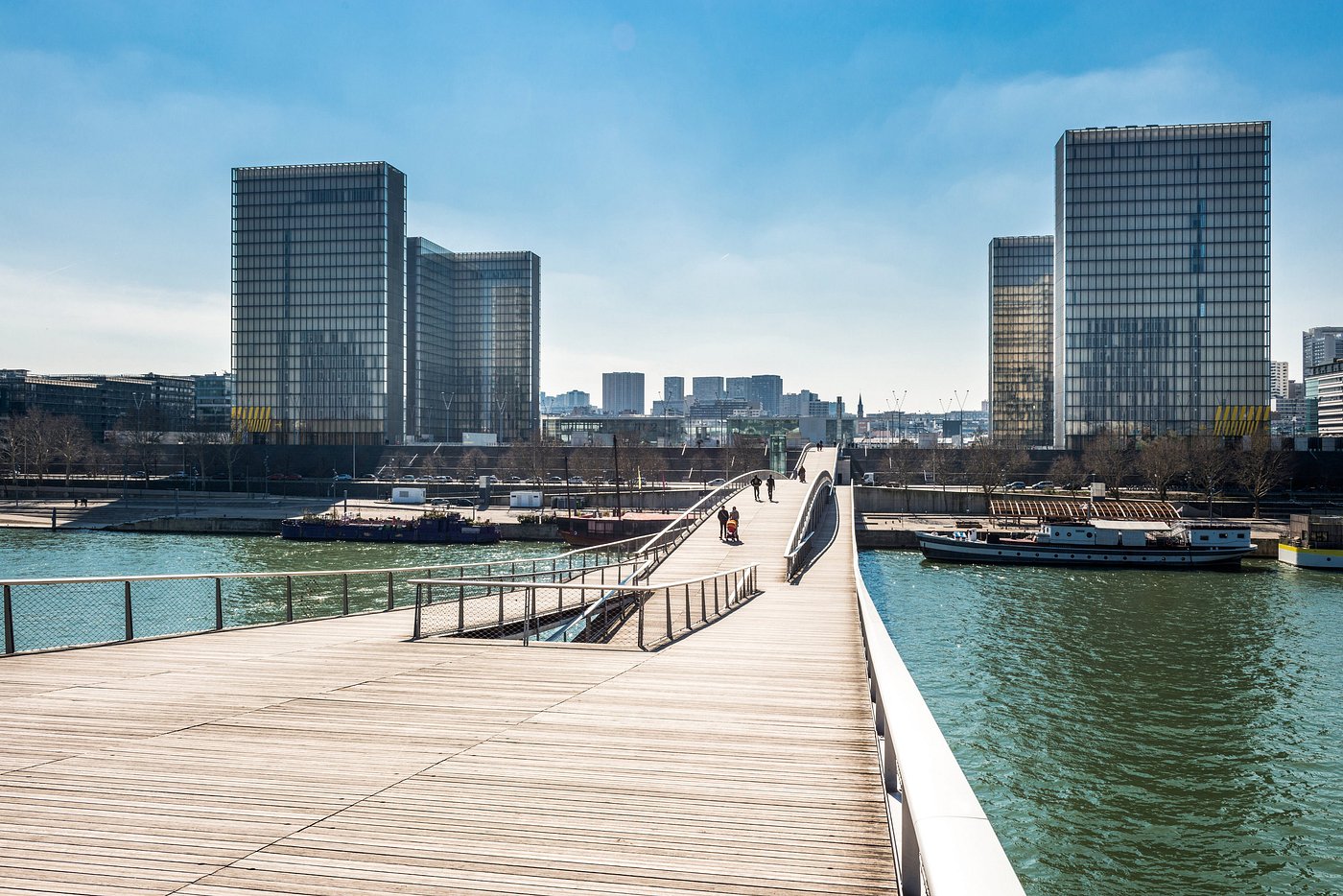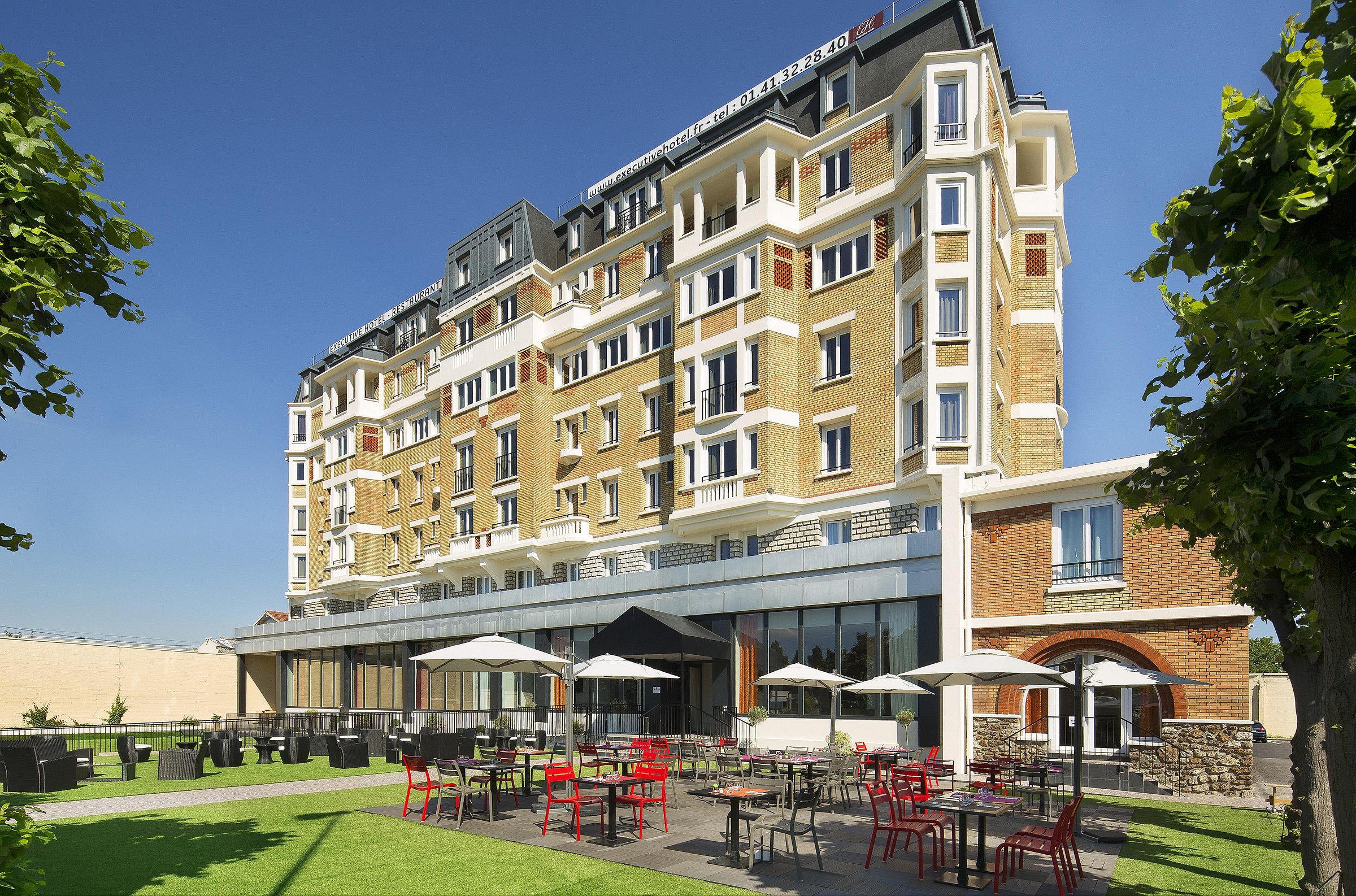Gennevilliers: A suburb of Paris is being rediscovered
In the northern suburbs of Paris, a city often overlooked by tourists yet brimming with potential and history can be found. Gennevilliers, situated on the banks of the Seine, offers a unique blend of industrial heritage, cultural diversity, and urban renewal. This unassuming commune has been quietly transforming itself, emerging as a testament to the evolving face of Greater Paris.

A Rich Industrial Past
The story of Gennevilliers is inextricably linked to its industrial heritage. Once a small agricultural village, the city was dramatically transformed in the late 19th and early 20th centuries. The construction of the Port of Gennevilliers in 1908 marked a turning point, establishing the area as a crucial industrial and logistical hub for the Paris region.
Today, the port remains one of the largest river ports in France and a key economic driver for the city. Visitors are often surprised by the scale of this inland harbor, where massive cranes and container ships create a stark contrast to the urban landscape. The port's history is preserved and celebrated at the Port Museum, where the industrial legacy of Gennevilliers is brought to life through interactive exhibits and historical artifacts.
Things to do in Gennevilliers
Cultural Diversity and Urban Renewal
Like many Parisian suburbs, Gennevilliers has been shaped by waves of immigration, resulting in a rich tapestry of cultures. This diversity is reflected in the city's vibrant markets, eclectic cuisine, and multicultural events. The annual Gennevilliers Festival, held each summer, showcases this cultural wealth with music, dance, and food from around the world.
In recent years, significant efforts have been made to revitalize the city. Modern apartment complexes and green spaces have been developed, breathing new life into former industrial areas. The Chandon-République eco-district stands as a prime example of this urban renewal, where sustainable architecture and community-focused planning have created a model for 21st-century suburban living.
A Hub for Arts and Culture
Despite its industrial reputation, Gennevilliers boasts a thriving arts scene. The Théâtre de Gennevilliers, founded in 1963, has become renowned for its avant-garde productions and commitment to contemporary performance. This cultural institution has played a crucial role in putting Gennevilliers on the map for theater enthusiasts from across the Paris region and beyond.
The city's commitment to the arts is further evidenced by the numerous public sculptures and murals that dot its streets. These works, many created by local artists, add splashes of color and creativity to the urban landscape, transforming ordinary spaces into open-air galleries.
Green Spaces and Leisure
Gennevilliers is not all concrete and industry. The city is home to several parks and green spaces that offer respite from urban life. The Parc des Chanteraines, spanning over 80 hectares, is a particular highlight. This vast park features lakes, woodlands, and meadows, providing a natural oasis for residents and visitors alike. Here, families can be seen picnicking, joggers weave through tree-lined paths, and birdwatchers observe the diverse wildlife that calls the park home.
For those seeking more active pursuits, the city's sports facilities are impressive. The Olympic Nautical Stadium, built for the 1924 Paris Olympics, has been beautifully restored and continues to serve as a center for aquatic sports and recreation.
Looking to the Future
As part of the Grand Paris project, Gennevilliers is poised for further transformation. The extension of the Paris Metro Line 13 and the planned addition of new stations on the Grand Paris Express network will enhance the city's connectivity, potentially attracting more residents and businesses.
This improved access is expected to fuel further development and regeneration. Plans are already underway for new mixed-use developments that aim to balance residential, commercial, and green spaces, ensuring that Gennevilliers continues to evolve while honoring its industrial roots.

While Gennevilliers may not yet be on every traveler's radar, its unique blend of industrial heritage, cultural diversity, and ongoing renewal makes it a fascinating destination for those looking to explore beyond the typical Parisian tourist trail. As the city continues to reinvent itself, it stands as a symbol of the dynamic, ever-changing nature of urban life in the 21st century.
For those seeking to explore more of France's diverse urban landscapes, a visit to Lyon could provide an interesting contrast, offering another perspective on how French cities are evolving and preserving their heritage simultaneously.
Top attractions in Gennevilliers
Show all
Gare du Petit Lac
The vibrant atmosphere of Gennevilliers welcomes visitors to explore its unique attractions. Among these, Gare du Petit Lac stands out as a noteworthy spot, drawing those eager to experience its beauty and charm. This destination, with its scenic views and tranquil surroundings, offers a refreshing escape from the urban hustle. Visitors are often captivated by the natural landscape and the variety of activities available.
Gennevilliers - FRANCE

Park Sevines
In the heart of Gennevilliers, a vibrant urban landscape thrives, where green spaces serve as essential respites from the everyday hustle. Among these spaces, Park Sevines stands out, offering a refreshing escape for both locals and visitors alike. This park, known for its expansive lawns and inviting paths, provides a perfect backdrop for relaxation and recreation.
Gennevilliers - FRANCE

graffiti
In the vibrant suburb of Gennevilliers, a unique fusion of urban culture and artistic expression can be experienced. This space buzzes with creativity, where walls transform into canvases that tell stories and evoke emotions. The streets are alive with color, and every corner offers a new visual experience, inviting exploration and contemplation.
Gennevilliers - FRANCE

graffiti
In the vibrant urban landscape of Gennevilliers, a remarkable display of creativity can be found on the streets. This city, situated just north of Paris, has become known for its dynamic street art scene, which captivates both locals and visitors alike. As I wander through the various neighborhoods, colorful murals and intricate designs come to life on the walls, each telling a unique story and reflecting the spirit of the community.
Gennevilliers - FRANCE

Parc des Chantereines - Vallon de Seine
Nestled within the bustling city of Gennevilliers, France, Parc des Chantereines - Vallon de Seine offers a serene respite from the urban landscape. This picturesque park, classified as a point of interest and park, is a beloved destination for locals and visitors alike, providing a lush green space teeming with natural beauty.
Gennevilliers - FRANCE

Jardin Chenard et Walcker
In the vibrant suburb of Gennevilliers, a charming park offers an inviting retreat from the hustle and bustle of city life. This tranquil space, filled with greenery and well-manicured paths, serves as a perfect spot for relaxation, leisure, and a touch of nature.
Gennevilliers - FRANCE
Related articles
Show all
Nightlife on the French Riviera - Cote d'Azur
The French Riviera is renowned for its glitz and glam appeal, hedonistic summers, and over the top attitude to partying, all of which make it a popular destination with those looking for a lively social scene. Jazz cafes, trendy bars, and glamorous night clubs line the sparkling coast and visitors can choose between splashing the cash at an invite-only beach party or rubbing shoulders with A-listers at one of the best clubs in the world. Whatever your entertainment taste may be, the Cote d’Azur has a little something for everyone.
FRANCE

Best 15 things to do in Lyon
France's third-largest city often gets overshadowed by its glamorous cousin, Paris. However, this vibrant metropolis at the confluence of the Rhône and Saône rivers boasts a rich history, stunning architecture, and a world-renowned culinary scene. From Roman ruins to modern art museums, from hidden traboules to Michelin-starred restaurants, the city offers a wealth of experiences for every type of traveler. Let's explore the top 15 activities that shouldn't be missed in this captivating French destination.
Lyon - FRANCE

Top 15 things to do in Rennes
Brittany's capital city beckons with a harmonious blend of history and modernity. Medieval half-timbered houses stand proudly alongside sleek contemporary architecture, while vibrant markets and innovative art spaces create a dynamic urban tapestry. For travelers seeking an authentic French experience off the beaten path, this Breton gem offers a wealth of captivating attractions and experiences.
Rennes - FRANCE

The top 15 things to do in Deauville
The Normandy coast of France has long been revered for its picturesque landscapes, rich history, and luxurious seaside resorts. Among these gems, one town stands out as a beacon of elegance and leisure. With its pristine beaches, world-class amenities, and cultural offerings, this destination has become a playground for the elite and a haven for those seeking a taste of the good life. From its iconic boardwalk to its prestigious film festival, visitors are invited to immerse themselves in a world where sophistication meets seaside charm.
Deauville - FRANCE

Top 15 things to do in Valence
Nestled in the heart of the Rhône Valley, a charming city awaits discovery. With its rich history, stunning architecture, and vibrant culinary scene, this hidden gem offers a perfect blend of culture, nature, and gastronomic delights. From ancient Roman ruins to modern art installations, every corner reveals a new facet of this captivating destination. Whether you're a history buff, a food enthusiast, or simply seeking a peaceful retreat, this enchanting French city has something to offer everyone.
Valence - FRANCE

Best 15 things to do in Hyères
The French Riviera conjures images of glamorous beaches, azure waters, and sun-drenched landscapes. While many flock to well-known destinations like Nice or Cannes, a hidden gem awaits those willing to venture slightly off the beaten path. Nestled between Toulon and Saint-Tropez, this charming coastal town offers a perfect blend of history, natural beauty, and Mediterranean allure. From ancient ruins to pristine islands, a wealth of experiences can be discovered in this enchanting corner of Provence.
Hyères - FRANCE

 Home
Home Wishlist
Wishlist